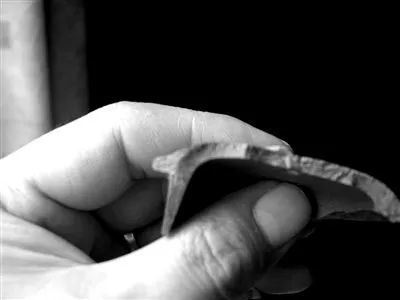
About the gold repair and nailing techniques for purple clay
Article by Sand Hai Mo Yun
A common question among purple clay enthusiasts is what to do when their beloved purple clay pot gets accidentally chipped or damaged.
Indeed, one develops an emotional attachment to a pot that is used daily. Such accidents can be heart-wrenching. However, there are other options besides replacing the pot altogether: the time-honored techniques of gold repair (jin shan) and nailing (ju ding).
Gold Repair (Jin Shan)
Gold repair is an ancient technique originating in China and later spreading across East Asia, where it has even developed a ranking system in Japan. This method is particularly suitable for repairing rustic and coarse Pottery and purple clay pots.
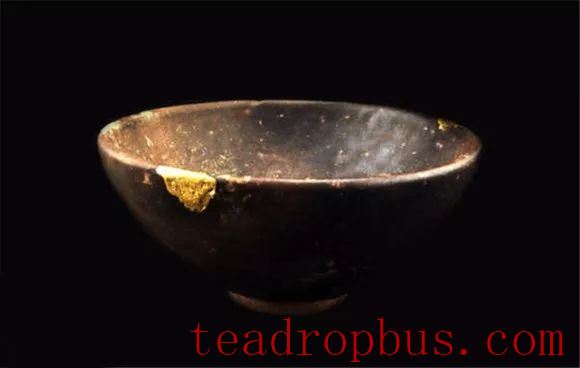
▲ Gold-repaired antique Cup
The term “gold repair” can be misleading as it does not necessarily involve actual gold. At its core, this technique is a form of lacquer art. Natural lacquer is used to bond broken pieces or fill gaps, after which the surface is coated with gold powder or covered with gold leaf.
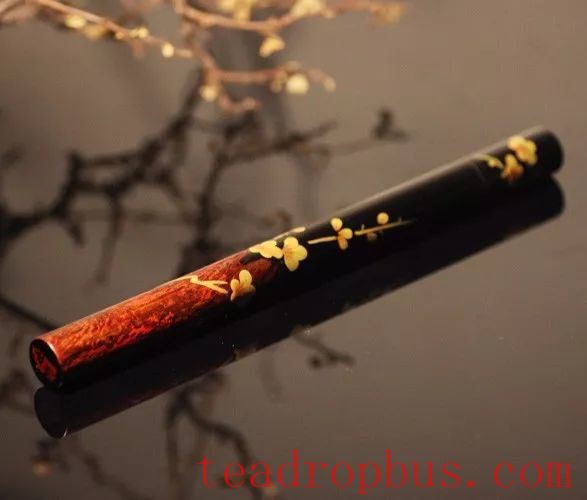
▲ Lacquered object
Aside: Natural lacquer, also known as Chinese lacquer, is harvested from the sap of the lacquer tree. Once dried, it becomes hard and durable, capable of resisting acid and heat. As a natural adhesive, it is free from chemical pollution. The art of lacquerware in China has a long history and is renowned for its exquisite beauty.
When a purple clay pot is damaged, gold repair can effectively restore it.
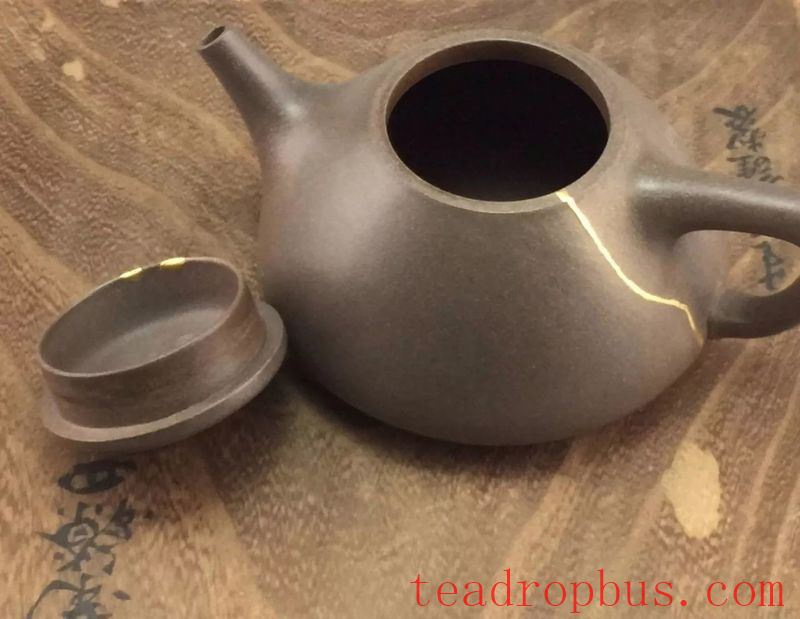
▲ Gold-repaired purple clay pot
The process involves applying natural lacquer to the broken edges, allowing it to dry and bond the fragments together. Finally, the surface is treated with gold powder or gold leaf.
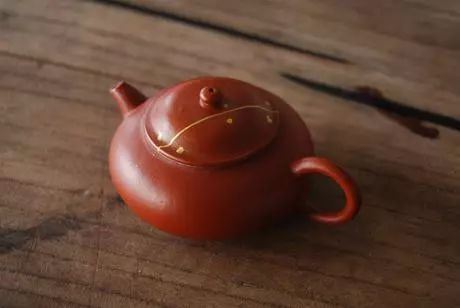
▲ Gold-repaired purple clay pot
The result is not overly conspicuous, especially when performed by skilled craftsmen. It showcases meticulous craftsmanship and a sense of beauty in imperfection.
Nailing (Ju Ding)
Another restoration technique is nailing, also known as porcelain repair.
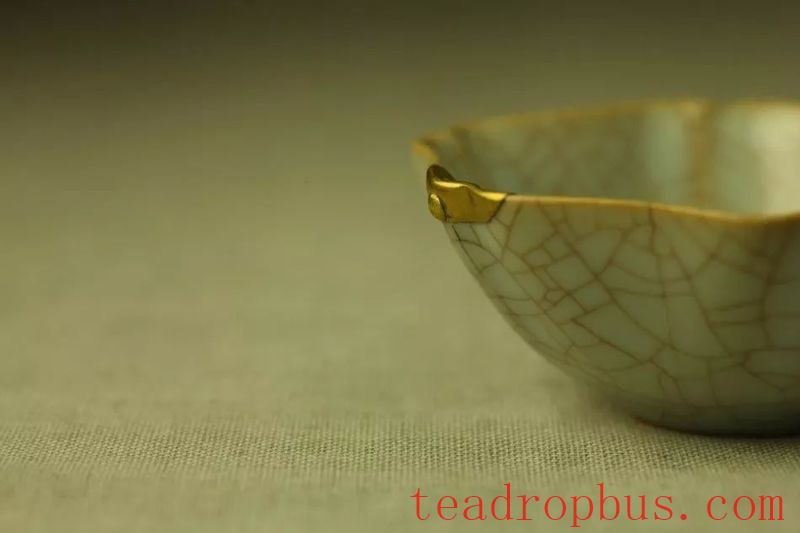
▲ Porcelain repair
This technique is specifically designed for repairing porcelain, but it can also be applied to damaged purple clay pots.
The nailing technique originated in China, and scenes of street-side porcelain repairs are depicted in the Song Dynasty's famous painting, Along the River During the Qingming Festival.
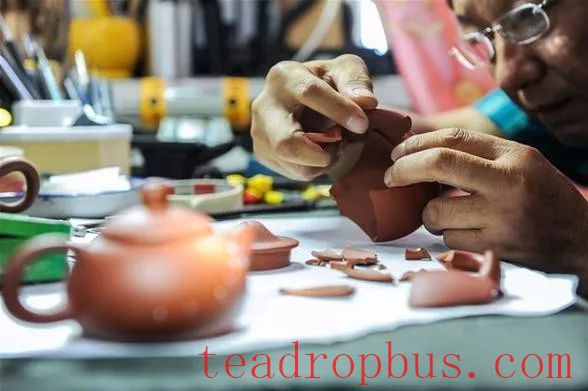
▲ Nailed purple clay pot
The process of nailing differs from gold repair. It begins with aligning the cracks, determining the points for drilling, and using a diamond drill to create holes. This requires great skill, as even millimeters can make a difference. After the nails are inserted, any leaks are sealed.
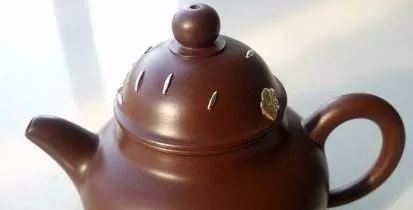
▲ Nailed purple clay pot
The repaired purple clay pot remains watertight, and the decorative patterns add a touch of charm to the vessel.
Have you ever had a broken purple clay pot? How did you handle it? Feel free to share your experiences in the comments section. If you have a cherished pot that broke and you cannot bear to part with it, consider these two repair methods.
If there are any copyright issues, please contact us to remove the content.